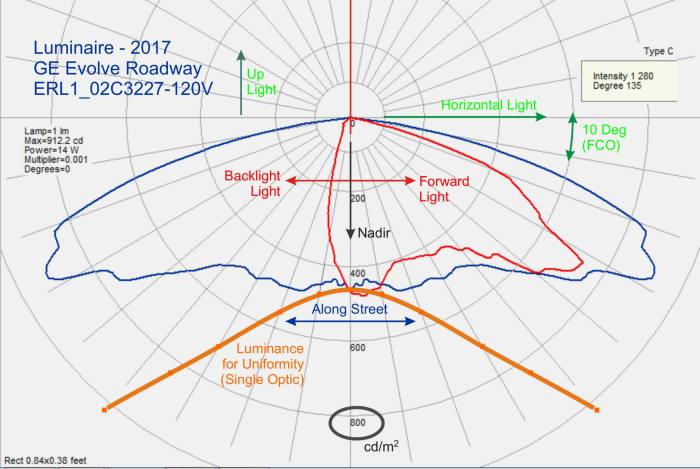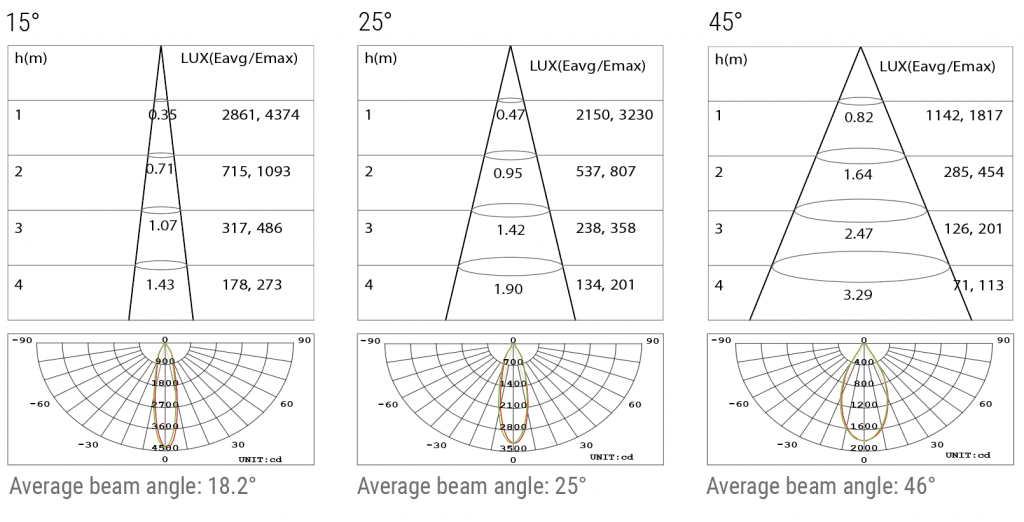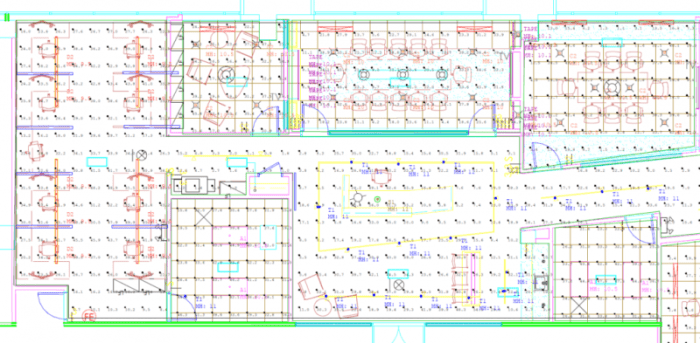How to read photometric chart – Dive into the world of photometric charts, the secret weapon for capturing perfectly exposed images. These charts are your guide to understanding light, exposure, and how to achieve the perfect balance in your photographs.
Learn to decipher the language of photometric charts, interpret their values, and harness their power to control exposure like a pro. With this knowledge, you’ll unlock a new level of precision and creativity in your photography.
Understanding Photometric Charts

Photometric charts are essential tools in photography that help photographers determine the appropriate exposure settings for a given scene. They provide information about the relationship between the brightness of a scene and the corresponding camera settings needed to capture a well-exposed image.
Types of Photometric Charts
There are several types of photometric charts available, each with its own specific applications:
- Sunny 16 Rule:A simple and widely-used chart that provides a quick estimate of exposure settings based on the time of day and weather conditions.
- Zone System:A more advanced chart that divides the tonal range of a scene into 11 zones, helping photographers control the contrast and exposure of their images.
- Exposure Value (EV) Charts:These charts provide a numerical value for the exposure setting, based on the brightness of the scene and the desired aperture and shutter speed.
- Histogram:A graphical representation of the distribution of tones in an image, which can be used to assess exposure and make adjustments if necessary.
Interpreting Photometric Chart Values

Understanding the values on a photometric chart is crucial for accurately interpreting image exposure. Let’s explore the key elements of a photometric chart and how to decipher its numerical values.
X-Axis: Exposure Time
The x-axis represents the exposure time, measured in seconds. Longer exposure times allow more light to enter the camera, resulting in brighter images.
Y-Axis: Scene Luminance
The y-axis indicates the scene luminance, measured in foot-candles (fc) or lux. Higher luminance values represent brighter scenes.
Reference Lines
Photometric charts often include reference lines that indicate the optimal exposure range. These lines help you determine if an image is overexposed (too bright), underexposed (too dark), or properly exposed.
When reading a photometric chart, it’s essential to understand the relationship between the density of the film and the amount of light that passed through it. This knowledge can be applied in various scenarios, such as when acting on one’s own crossword . By comprehending the correlation between density and light, one can make educated guesses about the corresponding words or phrases in the puzzle.
This understanding further enhances the ability to solve the crossword independently.
Interpreting Values
To interpret the numerical values on a photometric chart, follow these steps:
- Locate the exposure time along the x-axis.
- Find the corresponding scene luminance value on the y-axis.
- Compare the values to the reference lines to determine the exposure level.
For example, if the exposure time is 1/125 second and the scene luminance is 100 fc, the image is likely properly exposed.
Relationship to Exposure
Photometric chart values directly relate to image exposure. Longer exposure times and higher scene luminance values result in brighter images, while shorter exposure times and lower scene luminance values produce darker images. By understanding these relationships, you can adjust your camera settings to achieve the desired exposure.
Using Photometric Charts for Exposure Control

Photometric charts are invaluable tools for determining the correct exposure settings for a camera. By measuring the light intensity of a scene, they provide a starting point for adjusting aperture, shutter speed, and ISO to achieve a well-exposed image.
Determining Exposure Settings
- Measure the Scene’s Light Intensity:Use a photometer to measure the incident light falling on the subject.
- Locate the Measured Value on the Chart:Find the corresponding light intensity value on the photometric chart.
- Read the Recommended Exposure Settings:The chart will provide a range of recommended aperture and shutter speed combinations for the measured light intensity.
- Adjust for Desired Depth of Field:Select an aperture that achieves the desired depth of field, adjusting the shutter speed accordingly to maintain the same exposure.
- Adjust for Motion:Consider the subject’s movement and adjust the shutter speed to prevent motion blur or freeze motion as needed.
- Fine-Tune ISO:If necessary, adjust the ISO to further fine-tune the exposure, keeping in mind that higher ISO values introduce noise.
Limitations and Considerations
While photometric charts are a useful tool, it’s important to note their limitations:
- Scene Complexity:Charts cannot account for complex lighting situations, such as backlighting or mixed lighting.
- Accuracy:The accuracy of the readings depends on the quality of the photometer and the user’s technique.
- Dynamic Range:Charts are limited in their dynamic range, so they may not provide accurate readings for scenes with extreme brightness or darkness.
Advanced Applications of Photometric Charts: How To Read Photometric Chart

Beyond basic exposure control, photometric charts offer a wealth of opportunities for advanced photographic techniques and equipment evaluation.
High-Dynamic Range Imaging (HDR)
Photometric charts play a crucial role in HDR photography, where multiple exposures are blended to capture a wide range of tones. By analyzing the chart’s response curve, photographers can determine the optimal exposure range for each scene and ensure accurate merging of the different exposures.
Low-Light Photography, How to read photometric chart
In low-light situations, photometric charts can help photographers assess the sensitivity and noise characteristics of their equipment. By plotting the chart’s response at different ISO settings, they can determine the optimal ISO for a given scene and minimize noise.
Equipment Evaluation
Photometric charts are invaluable tools for evaluating the performance of photographic equipment. By testing different cameras and lenses under controlled conditions, photographers can compare their dynamic range, color accuracy, and sharpness.
Creative Applications
Photometric charts can also inspire creativity in photography. By experimenting with different exposure values and analyzing the chart’s response, photographers can create unique and stylized images that explore the limits of their equipment.
Questions and Answers
What are photometric charts used for?
Photometric charts provide a visual representation of light intensity and color temperature, helping photographers determine the correct exposure settings for their cameras.
How do I interpret the values on a photometric chart?
The x-axis represents light intensity, while the y-axis represents color temperature. The numerical values indicate the specific intensity and temperature at each point on the chart.
Can I use photometric charts for specific photography techniques?
Yes, photometric charts can assist in techniques like high-dynamic range imaging and low-light photography, helping photographers achieve optimal exposure in challenging lighting conditions.